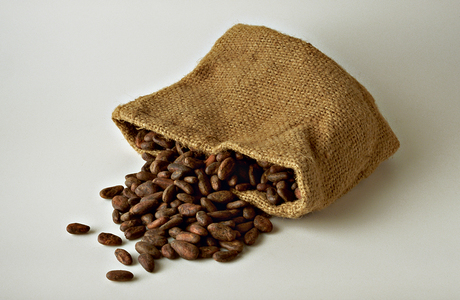It's not all gloom and doom for instant coffee

Is fresh coffee rendering instant obsolete? Or is the caffeine landscape more complicated than that?
According to Roy Morgan Research, between April 2011 and March 2016, the proportion of Australian grocery buyers aged 14+ who bought instant coffee (not decaf) in an average four-week period slipped from 59.1% to 49.4%. Over the same time period, the proportion buying fresh coffee in any given four weeks rose from 28.2% to 30.2%.
Closer analysis of the data reveals that the decline is not category-wide, but concentrated instead on long-time leader Nescafé. The coffee giant remains the most popular brand of instant coffee by a hefty margin, with its different varieties being purchased by 49.7% of all instant-coffee buyers in an average four weeks. Three Nescafé blends — Blend 43, Gold Blend and Espresso — feature among the country’s 10 top-selling instant coffees.
However, this represents a substantial decrease from March 2012, when 57% of instant-coffee buyers opted for a Nescafé blend. With the exception of a slight drop in International Roast purchases (from 8.5% of grocery buyers to 6.2%), Nescafe’s downward trajectory appears to be the primary reason for the overall decline in the instant coffee category.
Australia’s 10 best-selling instant coffees

While it remains a distant second, Moccona, purchased by 33.6% of instant-coffee buyers in an average four weeks, is the country’s second-favourite brand, with its range gaining popularity since the 12 months to April 2012 (up from 28.1%). It too has three blends in the top 10.
Nescafé’s downturn is driven by declining purchase incidence of its Blend 43 and Gold Blend coffees. While Blend 43 remains Australia’s best-selling instant coffee by far, being purchased by 32.6% of instant-coffee buyers in any given four weeks, it has lost ground since March 2012 (36.1%), while Gold Blend has fallen from 14.9% to 10.6%. Nescafé’s Espresso has grown, however, from 6% to 7.1%.
Norman Morris, industry communications director, Roy Morgan Research, said, “Although more grocery buyers are purchasing fresh coffee than they were five years ago, this growth hasn’t been steep enough to be responsible for instant coffee’s total decline. The continued rise in cafe visitation could also be a factor, with an ever-increasing proportion of the population going to cafes for a coffee/tea in any given three months. A growing trend towards coffee pods may also have contributed.
“So while instant coffee looks to be on the wane, the growth of the smaller brands suggests that it’s not all over yet.”
Refrigerant guide for heat pump selection
The Australian Alliance for Energy Productivity has developed a refrigerant guide for heat pumps...
Call for comment on use of a nutritive substance in infant formula
Food Standards Australia New Zealand (FSANZ) is calling for comment on an application to permit...
GM-sourced processing aid for brewed beverages, call for comment
Food Standards Australia New Zealand (FSANZ) is calling for comment on a GM-sourced processing...











